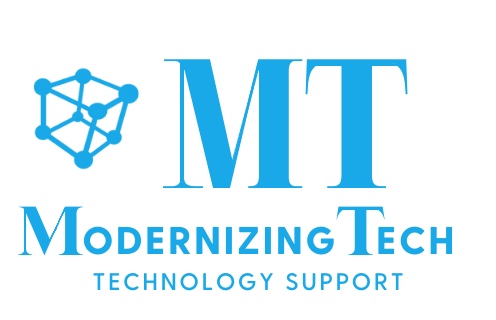Microsoft has announced a series of significant updates to Windows aimed at boosting system resilience, improving recovery from crashes, and making IT management smoother for organizations worldwide. These enhancements are part of the newly launched Windows Resiliency Initiative (WRI), a strategic effort to embed security and reliability directly into the Windows platform.
Building a More Resilient Windows
At Ignite 2025, Microsoft revealed that resilience isn’t just a nice-to-have but a must-have for modern enterprises dealing with an increasingly complex threat landscape. The aim is to help organizations prevent, manage, and recover from disruptions faster, with minimal impact on productivity.
A key part of this push is fostering closer collaboration with industry partners through initiatives like the Windows Endpoint Security Ecosystem Summit and Microsoft Virus Initiative (MVI). The latest MVI 3.0 standards require security vendors to follow safer methods when deploying updates, regularly test their response to security incidents, and roll out updates gradually to minimize potential problems.
What’s New in Windows?
- Revamped Restart Experience: Windows users will soon see a simplified restart screen that provides clearer messaging and quicker crash dump collection—cutting downtime to just a couple of seconds for most. This change aims to make unexpected restarts less disruptive, especially during critical work periods.
- Quick Machine Recovery (QMR): For devices stuck in recovery mode after repeated crashes, Microsoft is rolling out QMR. This new feature automates fixes via Windows Recovery Environment, helping affected PCs get back to productivity faster without extensive manual troubleshooting. It will be available later this summer and is enabled by default on Windows 11 Home devices.
- Better Network Efficiency with Connected Cache: As organizations increasingly rely on cloud updates, bandwidth can become a bottleneck. Microsoft’s Connected Cache helps by locally caching content during updates and provisioning, reducing network strain and speeding up processes—a crucial feature for large or distributed teams.
- Enhanced Printing Security: The new Universal Print Anywhere feature allows users to securely release print jobs from any device to any authorized printer. This not only improves confidentiality but also reduces waste, making printing more flexible and secure across the organization.
- Seamless Security Updates with Hotpatching: Critical security patches can now be installed without restarting the device, thanks to hotpatching. This feature minimizes disruptions and is included in Windows Autopatch, ensuring devices stay protected without interrupting workflows.
- Windows 365 Reserve: Microsoft is also introducing Windows 365 Reserve, allowing organizations to quickly access pre-configured Cloud PCs in case of device loss, theft, or failure. Currently in preview, this service provides a vital backup for business continuity.
These updates reflect a broader shift toward resilient, secure, and efficient IT environments. By reducing downtime, streamlining recovery, and strengthening security practices, Microsoft aims to help organizations stay productive amid ongoing threats and technical challenges. For IT teams and organizations looking to modernize their infrastructure, these features represent a step forward in building a more dependable digital foundation.
For a deep dive into Microsoft’s resilience strategy, check out their Windows Resiliency Initiative e-book resource helping orgs understand how Windows provides foundational practices, strategies, and tools to build and adopt a resilience-focused approach across their entire IT environment.


Leave a Reply